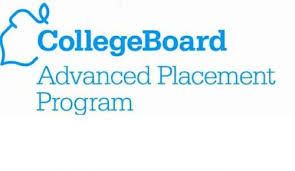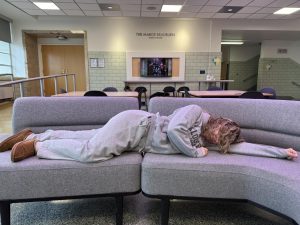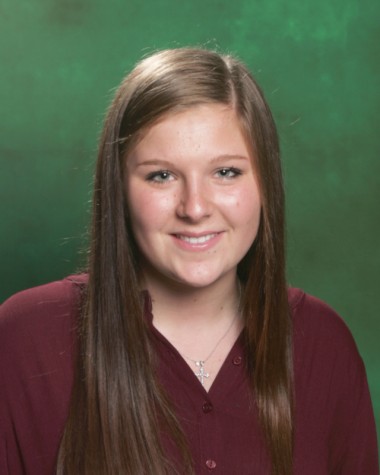A modernized method changes traditional teaching

April 24, 2016
 The first morning bell rings and students rush to class to start their 6 1/2 hour day filled with work and in- class studies. For some students, the day starts harder than others. Catherine Mead- Smith, senior at Bishop Blanchet High School, leads her first two period in advanced placement classes. The morning starts with lectures and runs until lunch when she is able to take a break from in- class note taking. Although the classes are generally harder than regular classes, Mead- Smith does not regret taking them.
The first morning bell rings and students rush to class to start their 6 1/2 hour day filled with work and in- class studies. For some students, the day starts harder than others. Catherine Mead- Smith, senior at Bishop Blanchet High School, leads her first two period in advanced placement classes. The morning starts with lectures and runs until lunch when she is able to take a break from in- class note taking. Although the classes are generally harder than regular classes, Mead- Smith does not regret taking them.
“I love AP classes because I feel like I am being challenged,” said Mead-Smith, “It can be difficult at times though to sit through multiple hours of in- class note taking.”
Advanced placement classes allow students, like Mead- Smith, to work in a faster paced environment in preparation for the AP tests in the spring, which if passed, are awarded with college credits.
According to a series of articles in hte Seattle Times, the students at Sammamish High School in the Bellevue School District have been apart of a teaching experiment now for 6 years that revolves around AP courses and how they are conducted.
With less time chained to a desk, and more time on their feet, students in AP courses work hands on in simulations rather than monotonous note- taking. For many students, having a visual aid, such as simulations, is a more effective aspect for learning than just audio teaching in the front of a classroom. Freshman Charles Link at Bishop Blanchet High School agrees that this style of hands- on learning could be more effective.
“I like having visual learning because I am able to apply it to real- world scenarios,” said Link.
The question arises then about how effective this style of teaching really is for those students that are trying to challenge themselves and use lecture- style learning as an easier way to understand a concept.
“It could be difficult to implement this hands-on syle of learning within AP courses,” said senior Sheila Williams, “ I think I work better with lecture style note- taking because I understand what is expected of me.”
Not only could there be confusion in the expectations for in-class simulations, the program is costly and is hard to implement within every AP class setting. For classes like AP English, adding in a simulation or hands- on aid is harder to apply than in a science based class.
With some oppositions to this style of learning, many may wonder why it should be implemented in general if it is costly and difficult for many AP students. Within the Bellevue School District, since the implementation of this teaching experiment, students are shown to have an increase in AP testing scores and a boom in the number of students that passed the test in general.
“I think that if simulations have worked well in regular classes, they will most likely be effective in AP classes as well,” said teacher- librarian, Ms. Jodie Purcell at Bishop Blanchet.
The application of real- world problems to teaching lectures and discussion could cause a boom in test scores in the AP students at Blanchet and other classrooms outside of Sammamish as well.
With the simulations being conducted in the classes, a less traditional style of learning is being implemented. If Blanchet were to try this style of learning, many students may deter from AP classes because of their lack in traditional methods. Teachers of AP classes may have differing views of what their best bread and butter for teaching their students is.
“I think many teachers have their default styles of teaching that they know works best for them,” said Academic Vice Principal, Ms. Megan Nichols, “Some students may go into a teacher’s class and be excited about auditory learning because they understand what is expected of them, while others may dread it.”
Applying this style of learning would force many teachers and faculty members to contemplate and revise many teaching plans that differ from the modern method. Is it worth the money, without a grant, to stray from the norm that is conducted at Bishop Blanchet?
Back to class, Mead- Smith continues to push forward, challenging herself in her classes. One of Mead- Smith’s AP teachers, Mr. Tobias McGill, thinks highly of the AP curriculum that Mead- Smith is apart of.
“I think AP classes are a great way to challenge yourself,” said McGill.
Sticking to the norm of school teaching and lecturing during these college courses could be the best way to implement the challenging curriculum that these classes are known for.





